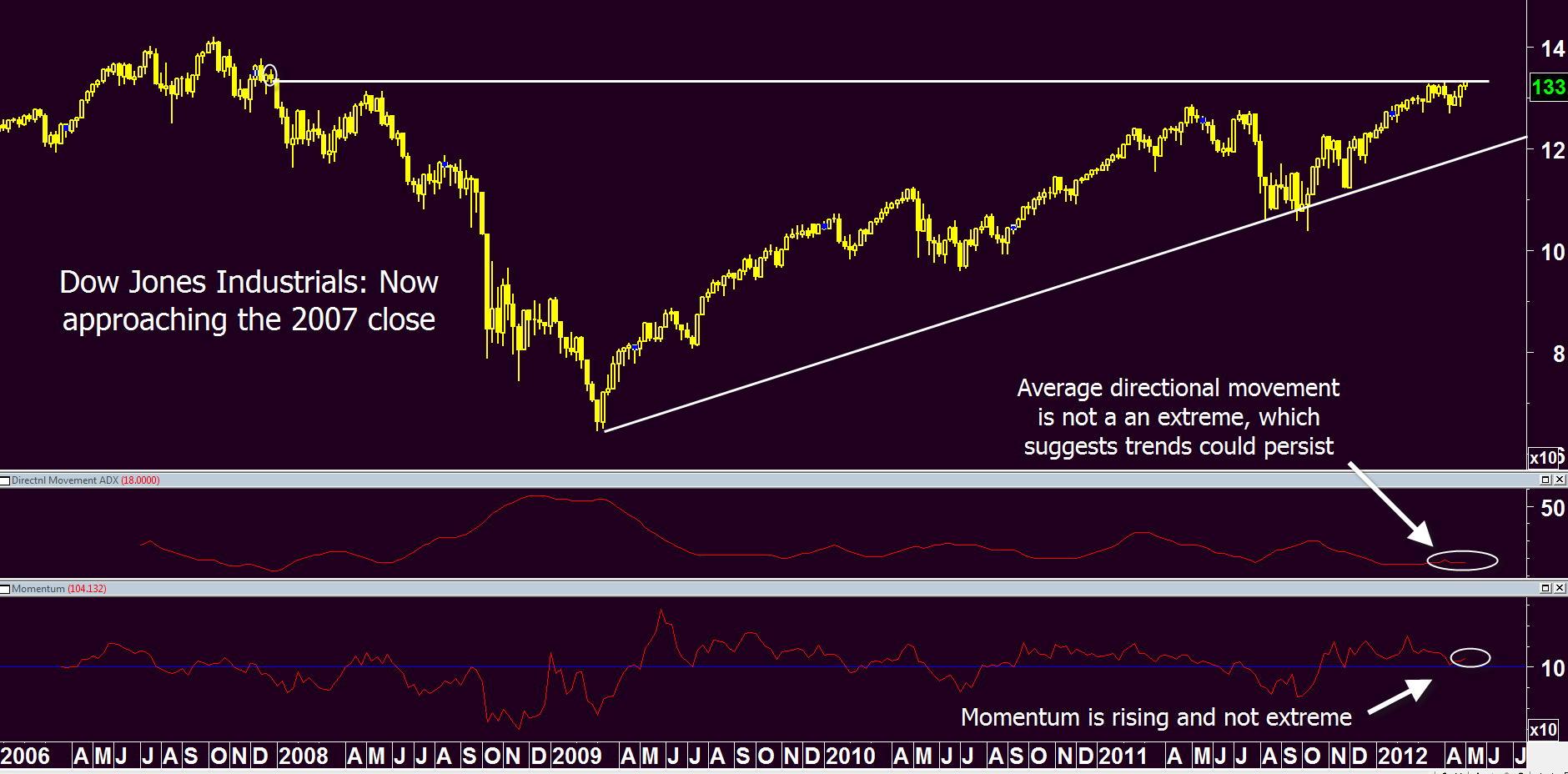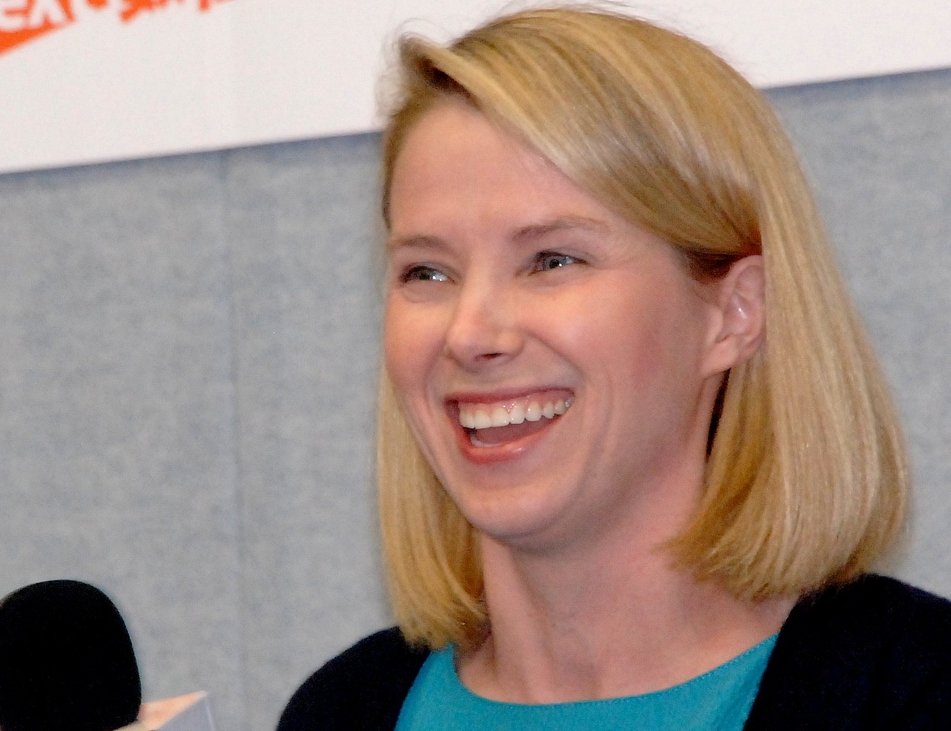by Michael Tarsala
The idea of the financial supermarket is dead, and we may all be better for it.
One of the big themes at this week’s Next Invest conference was the unbundling of financial services. Albert Wenger at Union Square Ventures compared threats the big banks are facing to the ones that have rocked the newspaper industry.
Consumers used to turn to newspapers for news, sports coverage, financial reports and classified ads. Now, they depend on Google News and blogs, the Bleacher Report, FinViz, and Craigslist.
Regulation, of course, has forced the big banks to drop their prop trading strategies (and sent top traders to the hedge fund world).
Otherwise, their model remains the same: Be all things financial to both consumers and institutions. Establish one relationship through, say a checking account or a loan, and continue to throw new offerings at the customer, such as refinancing and investment advice.
It’s the same thing for institutions, only it’s with investment banking, underwriting asset management and hedging.
“That’s an outdated model,” said Covestor CEO Asheesh Advani at the conference. “There’s ample evidence that what the industry calls cross-selling just doesn’t work.”
Economist Nouriel Roubini said something very similar two years ago, while deriding the fact that many of the “too big to fail’ banks” only got bigger during the financial crisis. JP Morgan added Washington Mutual and the Bear Stearns remnants. BofA tacked on Countrywide and Merrill. Wells Fargo gained Wachovia.
Roubini made it clear that he thinks the big banks are just too complex to be managed properly. It’s inherently difficult to track all those separate P&Ls and to keep a careful eye on all of the different risk activities.
The banks are indeed too big to fail, but they also may be too big to succeed.
So from that perspective, hail the credit unions and small community banks, as well as the new wave of young companies that may eventually dismantle the financial supermarkets.
Why? Together, they may be long-term contributors to lowered systemic risk.
Check back on the Covestor blog in coming days. We’ll be taking a closer look at modern investment models that do all or most of the following:
- Do one thing for customers and do it extremely well
- Use the Internet to improve transparency and investor choices
- Offer sophisticated services to those with a lot of money, as well as those without it
- Communicate fees clearly and help customers avoid the exorbitant ones
- Provide a better range of investment choices
- Push commissions toward zero



